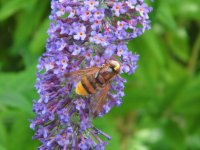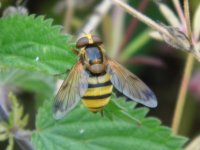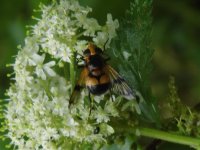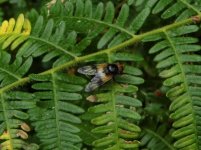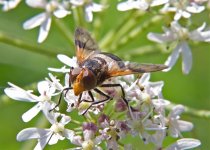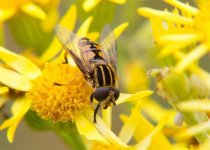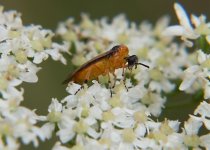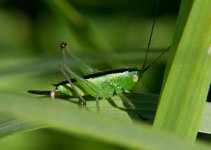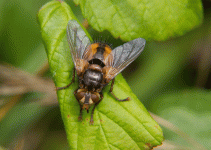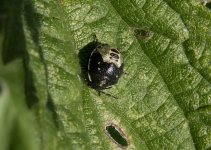James Emerson
Norwich Birder
Hopefully Hoverfly numbers will pick up as more Hogweed comes into flower. Plus when people come to photograph the Silver-washed Fritillaries there may well be some hoverflies in the background that can be ID'd with a bit of research.
I have been asked to assist with a hoverfly survey at Holt Country Park. The boundaries and topography of the Park are as shown on this map: https://www.northnorfolk.org/files/HCPOrienteering.pdf.
Please note that the Lowes (http://www.holtlowes.org.uk/Lowes location.html) are not included, as they are separate from the Park.
My efforts to date have been largely photographic- and of the larger, more attractive and easier (!) species. Recently, Volucella inflata (below) has been seen, for the second year in succession. This year, though, insects have not been exactly plentiful at this site, with the strange ‘summer’ that we’ve had so far.
Please email records, with photos, where possible, to the co-ordinating Ranger: [email protected]. NB: these may well take a few days to be acknowledged, as they 'filter through' the system.
Thank you.




